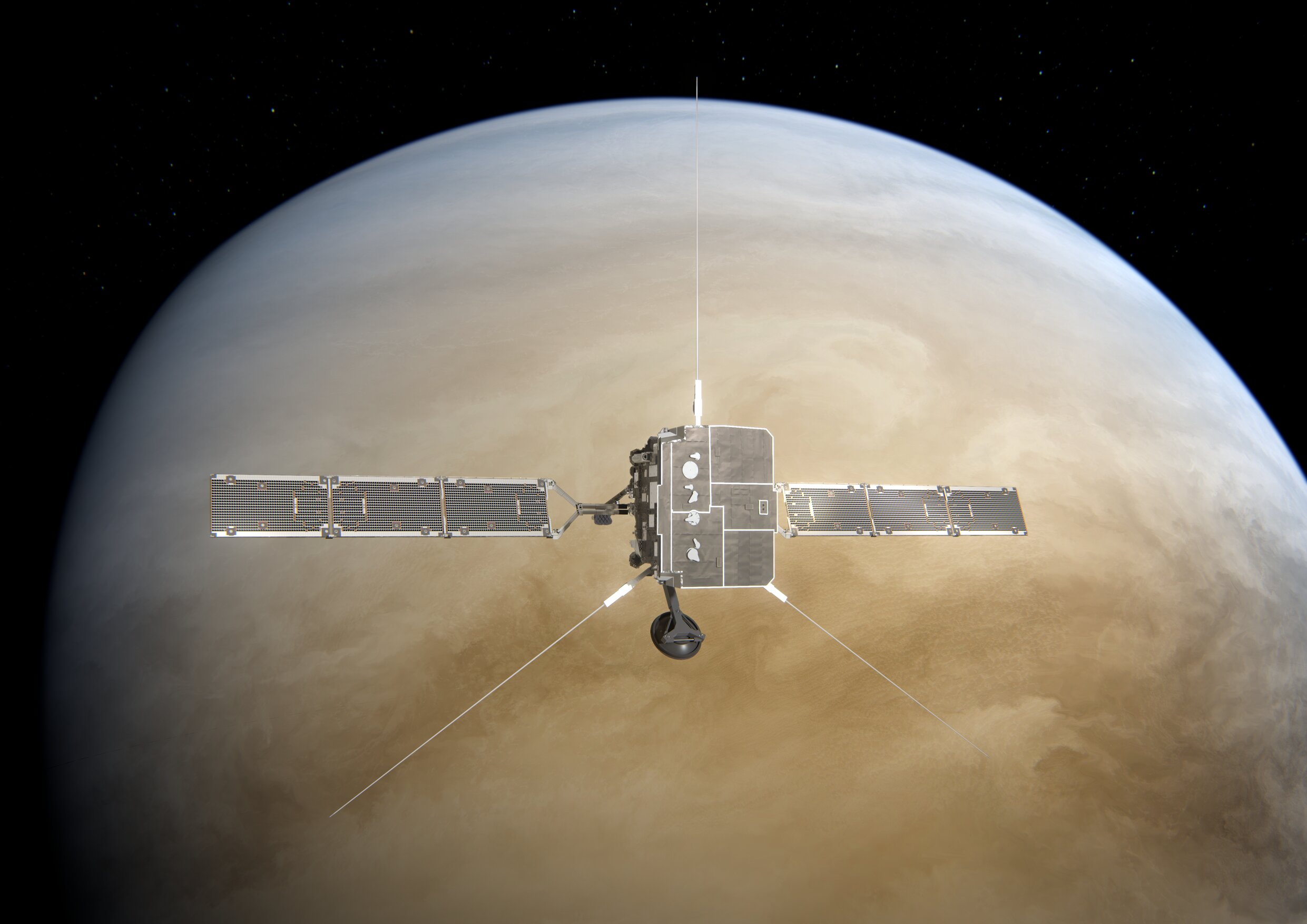

3) and gather bonus observations of our neighbor planets mysterious magnetic field. The multi-wavelength, multi-disciplinary approach of Solar Orbiter, combined with its novel location, represents a powerful tool for studies of space weather-related events. The sun-studying Solar Orbiter spacecraft will swing by Venus on Saturday (Sept. But on August 30, a mighty blast from the sun a coronal mass ejection, or CME left the sun, headed toward Venus. But on August 30, a mighty blast from the sun a coronal mass ejection, or CME left the sun, headed toward. Solar Orbiter had a Venus flyby in the early hours of Sunday, September 4, 2022.

The scientific payload to be carried by the probe will include a sophisticated remote-sensing package, as well as state-of-the-art in- situ instruments. Solar Orbiter had a Venus flyby in the early hours of Sunday, September 4, 2022. Although our life-giving star has been an object of scientific interest for centuries, its behaviour still presents a puzzle for scientists. Being closer to the sources of such transients in the solar atmosphere, Solar Orbiter will be ideally located to measure the input into the heliosphere and to determine the boundary conditions near the Sun. Solar Orbiter is the most complex scientific laboratory ever to have been sent to the Sun. This orbit will allow the Solar Orbiter to make fundamental contributions to our understanding of the transient phenomena driving space weather, including coronal mass ejections (CMEs) and flare-related effects. Solar Orbiter launched in 2020 and is two-and-a-half years into its decade-long mission to image the sun from the closest ever distance and study the properties of the star's magnetic field. Approved in October 2000 by ESA’s Science Programme Committee as a flexi-mission, the Solar Orbiter will study the Sun and unexplored regions of the inner heliosphere from a unique orbit that brings the probe to within 45 R ʘ of our star, and to solar latitudes as high as 38°. Following the launch, which is planned for January 2017, the Solar Orbiter spacecraft will orbit the Sun at ever closer distances, reaching 0.28 AU (1 AU an.


 0 kommentar(er)
0 kommentar(er)
